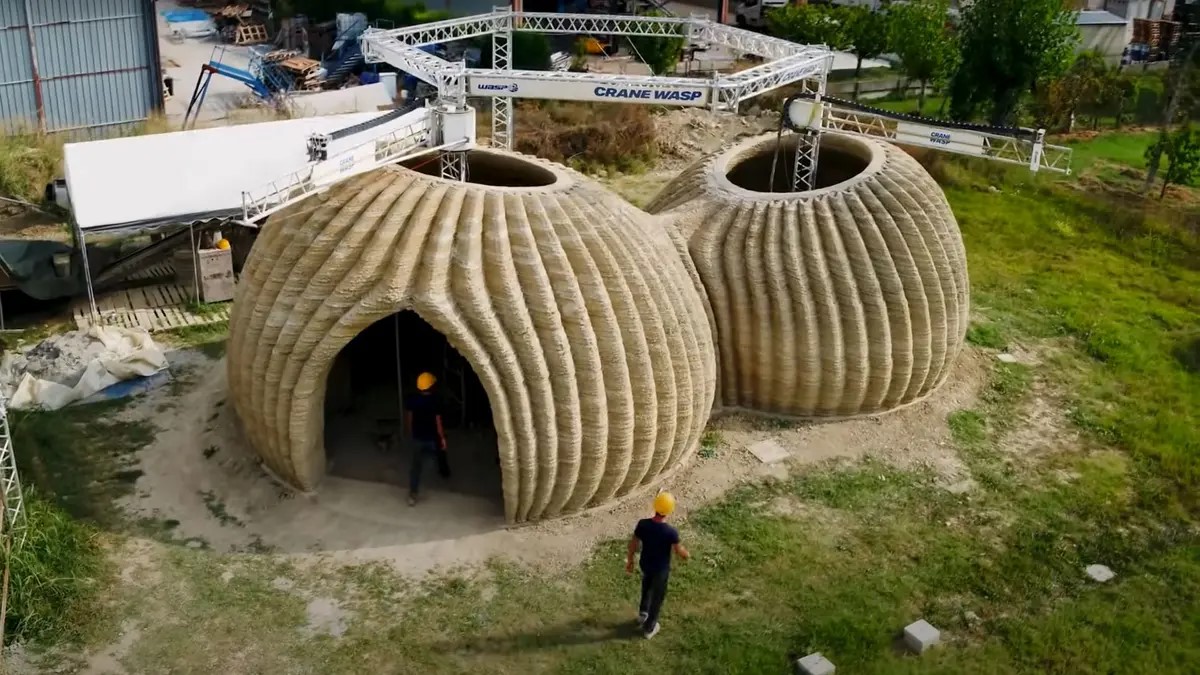With the intention to additional sustainable constructing tasks in Colombia, the United Nations Improvement Program (UNDP) is planning to make the most of superior 3D printing tools from WASP (World’s Superior Saving Undertaking).
The group will use the Crane WASP, a large-format 3D printer that may print instantly utilizing pure sources like agricultural waste and close by dust as an alternative of requiring concrete, stories a media outlet.
The tools is flexible and cellular, making it excellent to be used in troublesome terrains the place giant, stationary machines can’t function. Its low vitality consumption makes it appropriate for distant areas, together with deserts. UNDP hopes the expertise might be essential in addressing Colombia’s housing shortages, particularly in rural areas like forests, deserts, and mountains.
Crane WASP is a modular collaborative 3D printing system. It reimagines the standard development cranes utilizing digital manufacturing strategies. The potter wasp, which constructs its nests from pure supplies, served because the inspiration for the Crane WASP’s growth, which began in 2012. The purpose was to develop a large-scale 3D printing expertise that will allow the development of buildings fabricated from domestically sourced, pure supplies.
It consists of a major printer unit that may be mixed in numerous methods based mostly on the printing space and, consequently, the scale of the architectural construction that should be computed in three dimensions. The only module has a print space of 8.2 meters in diameter by 3 meters in peak.
The only module operates independently and may print numerous supplies resembling cement, bio-cement, and pure dough. It may be expanded by including traverses and printer arms, making a limitless digital manufacturing system.
There’s no must cowl the whole development website with the WASP Crane’s printing space. The cranes are reconfigurable and may adapt because the constructing progresses.In keeping with the agency, when a number of WASP Cranes work collectively, they create an nearly limitless printing space, which may be adjusted by on-site operators to match the evolving architectural design.
As of 2023, Colombia faces a big housing problem, with 3.7 million households—over 1 / 4 of the nation’s complete—experiencing a housing deficit.

